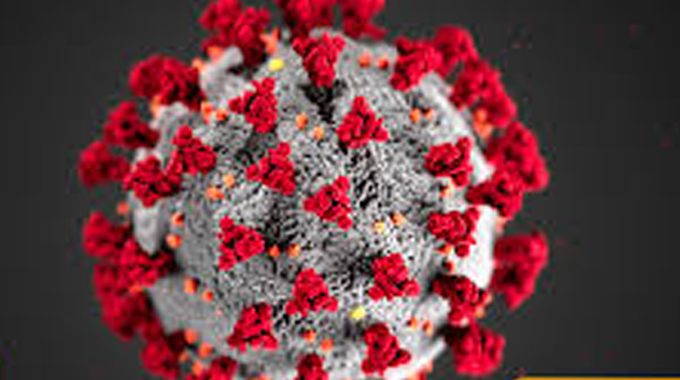
The Sunday Mail


When life gives you lemons, make lemonade.
Clothes are a reflection of a society’s identity and it is easier to tell people apart just from the way they dress. This has, however, not been the case in Zimbabwe as we seem to lack identity when it comes to fashion sense and this has been heightened by the introduction of cheap second-hand clothes.
The turn of the new millennium brought in a new hype in clothes retailing. This fad of second-hand clothes, popularly known as “mabhero”, because they are packed in bales, has been the biggest threat to the local textile industry survival as people opt for cheaper used clothes. Some of these clothes are smuggled into the country from neighbouring countries such as Mozambique.
With the economy suffering from many challenges, used clothes have been the cheaper option for people to dress in designer wear. The prices of the used clothes are ridiculously low compared to brand new clothes sold by clothing retail shops.
Some of the clothing giants are feeling the pinch with Edgars South Africa already announcing its exit from the South African market while in Zimbabwe it has significantly reduced its outlets.
Although the idea of second-hand clothes was never for business but to clothe the vulnerable, opportunists are taking a chance by selling the donated clothes at a profit.
Back in the day, it was very rare for people to buy used clothes and if it was happening then it was at a very minute scale. There were literally no shops for used clothes but slowly they started to enter the market through flea markets. Ladies and gentlemen would patronise these markets because they were offering unique clothes which could not be found in any local shop.
Flea markets were a bit classy selling clean used clothes on hangers at prices slightly below the official shop prices. However, not everyone could afford these clothes and this caused a gap. The majority of the market wanted quality products but at a very minimal price. “Mabhero” penetrated the market with a very low pricing system and were a perfect fit to fill the gap.
Although the initial target market was for the lower end market, they have managed to capture customers from high society. This is due to the fact that some of the merchandise in these bales are well known designer brands and they have a variety of them.
Be that as may be, the big question is how safe are the consumers from these used clothes?
One thing for sure is that the retailers of these clothes, sell them as they are, that is to say they are sold in the same condition that the suppliers provide them in. No effort is made in selecting and washing them prior to selling them.
On the other hand, not all of the final consumers will also wash these clothes first before putting them on. Washing these clothes is important as it will help to drive the germs away and reduces the chance of getting skin infections.
Besides washing them, these clothes will be heaped on dirty floors or pavements and with the coronavirus that can survive on surfaces for long hours, this spells disaster.
Whilst it is true that the economic situation in our country has made the consumer to be price sensitive, customers now worry less about the health implications that may be associated with the these second-hand clothes. Their purchasing decision is being based solely on the price of the clothes.
The cheaper the product, the more the customers are likely to consume it.
Customers operating on a low budget have seen the second-hand clothes market as a gate way to look awesome and unique. However, they say cheap can be expensive.
Studies have indicated that Africa is the biggest consumer of such clothes which are sent from the First World as donations for the marginalised members of the society. They are, however, sold to the same people meant to receive them free of charge.
Second-hand clothes might be cheaper but sometimes they come with a price. For instance, consumers run the risk of contracting skin diseases. Some donors have health issues that may be passed on to the next person through sharing of clothes.
The medical history of the clothes donors is not known, and nobody cares to know too. Washing these clothes is important as it will help to drive the germs away and reduces the chance of getting skin infections. This issue of second-hand clothing becomes scary especially during the global coronavirus pandemic, which has affected all corners of the globe.
In most cases consumers are too ignorant to consider their health and are only swayed by the price of the merchandise and the fact that some of them will be genuine well-known designer wear.
Nonetheless, consumers should consider putting their health first ahead of looking sleek and chic in these used clothes.
Cresencia Marjorie Chiremba, is a marketing enthusiast with a strong passion for customer service. For comments and suggestions, she can be reached on [email protected] or on 0712 979 461 b



